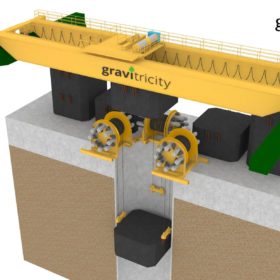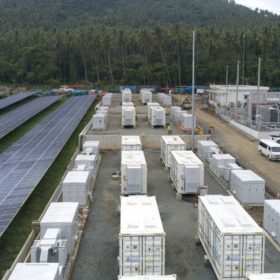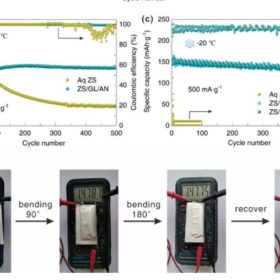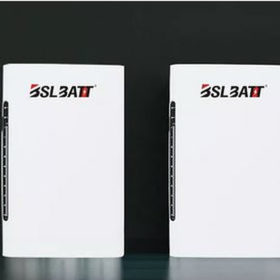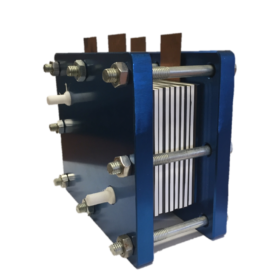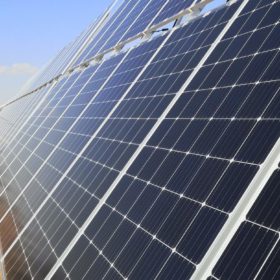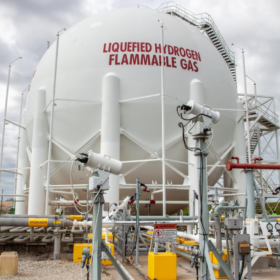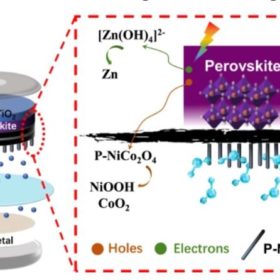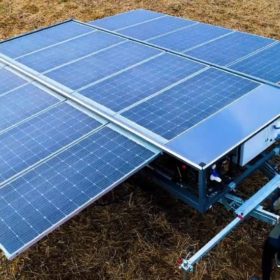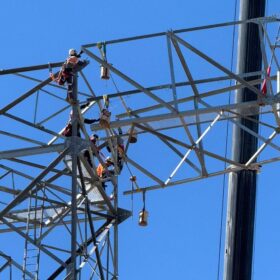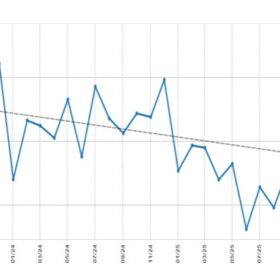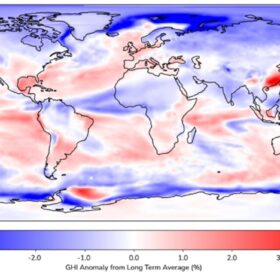Gravitricity to build 4 MWh gravity-based storage facility
British start-up Gravitricity secured funds from the UK Department of Business Energy & Industrial Strategy (BEIS) to build its second gravity-based storage project. The feasibility study is expected to be finalised by the end of this year.
Philippines’ largest battery comes online at 120MW solar park
The 40MW/60MWh Alaminos Energy Storage system is now connected to the 120MW Alaminos solar park. Both facilities were built by renewable energy developer AC Energy.
Aqueous zinc-ion battery with cycling stability of over 3,000 cycles
Conceived by scientists in China, the battery was built with a special hydrogel electrolyte made of polyacrylamide (PAM), zinc sulfate (ZnSO4), glycerol (GL), and acetonitrile (AN). The device showed high cycling stability of over 3,000 cycles, a high reversibility thanks to a Coulombic efficiency of up to 99.5%, and electrochemical performance of 185 mAh·g over 10,000 cycles.
New off-grid solar battery from China
Chinese manufacturer Bslbatt has unveiled a modular lithium-ion battery that can be used for the off-grid storage of solar energy. The device has a storage capacity ranging from 5.1 to 30.7 kWh and is claimed to provide steady operation for up to 6,000 charge cycles.
Viologen redox flow battery for renewables storage
Conceived for the storage of residential and large scale renewable energy, the device has a rated power of over 150mW/cm2, an energy density exceeding 40Wh/L, and a power density of 72.5mW/cm2. The battery was built with an anode made of inexpensive viologen and its cost, according to its creators, may be lower than US$100/kWh (AU$140).
TOPCon vs PERC – a battle between fast learning curves
TOPCon solar modules will gain more market share if their average efficiency, already higher than that of PERC panels, continues to improve, according to Stefan Glunz, PV research chief at Germany’s Fraunhofer Institute for Solar Energy Systems ISE. In an upcoming pv magazine webinar on the potential of TOPCon tech, Glunz will show how to reduce costs and increase efficiency.
Latent heat thermal storage with PV for nearly zero-energy buildings
Researchers in Italy are combining PV with latent heat thermal storage (LHTM) and other renewable energy sources to maximize clean energy consumption in buildings. The 47kW PV array and LHTM system work independently, but the scientists said that a heat pump could be used to link them.
Large-scale storage options for compressed hydrogen
Researchers from Finland and Sweden have reviewed different ways to store compressed gaseous hydrogen, including storage vessels, geological storage, and other underground options.
PV-powered rechargeable aqueous zinc battery
Conceived by scientists in China, the device combines an integrated carbon-based perovskite solar cell module with a rechargeable aqueous zinc metal cell. The proposed system achieved an overall efficiency of 6.4%, and a steady operation for more than 200 cycles with little performance degradation.
Solar trailer for off-grid applications
Developed by French start-up Ecosun, the trailer is equipped with 15 solar panels with output of 360 W and batteries with a storage capacity of 23 kWh. It can be used for construction sites, military camps and water pumping systems.

